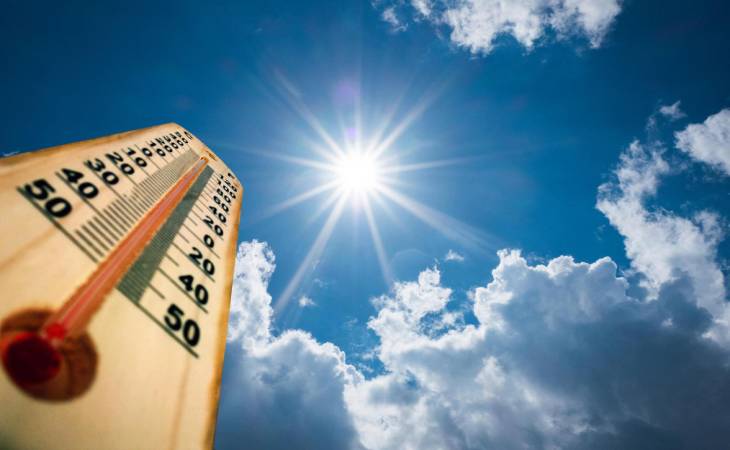Table of Contents
Introduction
Ambient temperature denotes the temperature of the air or environment surrounding a particular object or within a specific space. It measures the usual kinetic energy of the particles in the air.
Furthermore, ambient temperature is commonly used in various contexts, such as weather reports, climate studies, and industrial processes.
Importance of Ambient Temperature:
Ambient temperature plays a critical role in diverse fields, powering the performance and functionality of various systems and processes. In electronics, it affects the efficiency and lifespan of devices, as extreme temperatures can lead to malfunctions or untimely wear.
Industries rely on measured ambient conditions to optimize manufacturing processes and maintain product quality. In agriculture, it influences crop growth and health. Additionally, it is a main factor in climate studies, helping scientists understand global weather patterns and trends.
For human comfort, it is pivotal in indoor environments, impacting well-being and productivity. Identifying its ubiquitous influence, monitoring and regulating ambient temperature are essential for confirming the reliability of technology, the success of industrial processes, and the overall health of ecosystems and organisms.
Factors Affecting Ambient Temperature:
Numerous factors contribute to ambient temperature variations, influencing a given environment’s thermal conditions. These factors include:
- Geographical Location: The latitude and altitude of a location play a major role. Areas nearer to the equator largely experience higher temperatures. However, higher altitudes often have cooler temperatures.
- Seasonal Changes: During summer, sunlight is more direct, leading to warmer temperatures, whereas winter sees less direct sunlight and cooler temperatures.
- Urbanization: Urban areas with concrete and asphalt surfaces may experience the “urban heat island” effect, where structures absorb and preserve heat, leading to higher temperatures parallel to surrounding rural areas.
- Vegetation: The presence of vegetation can also affect temperature. Forested areas may experience cooler temperatures due to shade and the release of water vapor through transpiration.
- Wind Patterns: Wind can either boost or lessen the perceived temperature. Wind can increase the cooling effect on a hot day (wind chill) or lessen the warmth on a cold day.
Measuring Ambient Temperature:
Ambient temperature is typically measured using devices known as thermometers. Several types of thermometers are available, each suitable for different applications. Here are some common methods for measuring ambient temperature:
- Mercury or Alcohol Thermometers: Traditional liquid-in-glass thermometers filled with mercury or colored alcohol are common for general temperature measurement.
- Digital Thermometers: These use electronic sensors to measure temperature. They often provide quick and precise readings, and some models come with features such as memory storage and alarms.
- Thermocouples: They consist of two different metals joined at one end. When the joined end is exposed to a temperature change, it generates a voltage that can be measured and converted to temperature.
- Thermistors: These are temperature-sensitive resistors. Their resistance changes with temperature, allowing for accurate temperature measurements.
- Remote Sensing Systems: These sensing systems, such as weather stations and satellites, use various technologies to measure temperature over large areas.
Conclusion:
In conclusion, ambient temperature is a fundamental parameter with comprehensive implications across various domains. Its influence extends from the performance of electronic devices and industrial processes to agricultural productivity and human comfort.
Additionally, factors such as geographical location, seasonal changes, weather conditions, and human activities contribute to the dynamic nature of ambient temperature. Accurate measurement is achieved through various instruments, including traditional thermometers, digital devices, thermocouples, and remote sensing systems.
Understanding and monitoring these parameters are critical for optimizing technological systems, ensuring the success of industrial processes, and maintaining the health of ecosystems and organisms.

